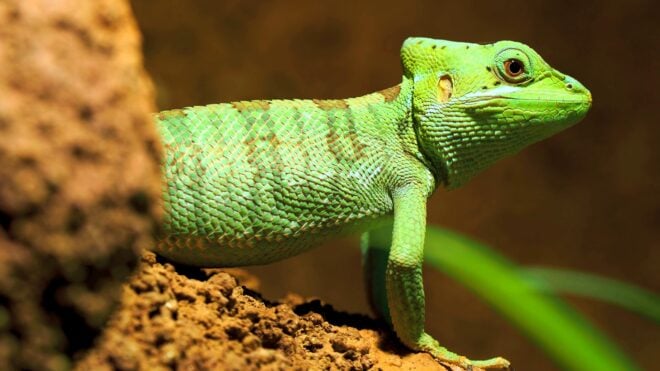It's no secret that to millions of people, dogs are some of the most lovable, maybe the most lovable, creatures on the planet.
They want nothing more than to just love you and be your best friend, and their hearts are so big that they'll befriend anyone, no matter who you are or where you come from.
That's why when a beloved dog passes away, it leaves such a terrible ache. It's the loss of a member of the family, a true friend.
Today, people memorialize their dogs in all kinds of moving ways, like the family who turned their dog's ashes into a beautiful and vibrant tree they could cherish for years to come.
Some might think that this treatment of dogs, as members of the family, is a modern custom, but that couldn't be further from the truth.
Humans and dogs have had a very special, close relationship for thousands of years, and people have been cherishing their furry friends for just as long.
Case in point: in ancient Greece and Rome, people interred and memorialized their dogs just like we do today. Archaeologists have found these memorials, complete with touchingly personal messages about their dogs and just how much their lives were enriched by them.
Check some of them out below — and you might need to grab the tissues.
[H/T: The Dodo]

Dogs were just as treasured in ancient Greece and Rome as they are today, and we can see that in the way they were memorialized, and as you'll see, in how often they show up in artwork like these mosaics.
In fact, many people viewed their dogs as their kids, just like today. One epitaph reads:
“To Helena, foster child, soul without comparison and deserving of praise.”
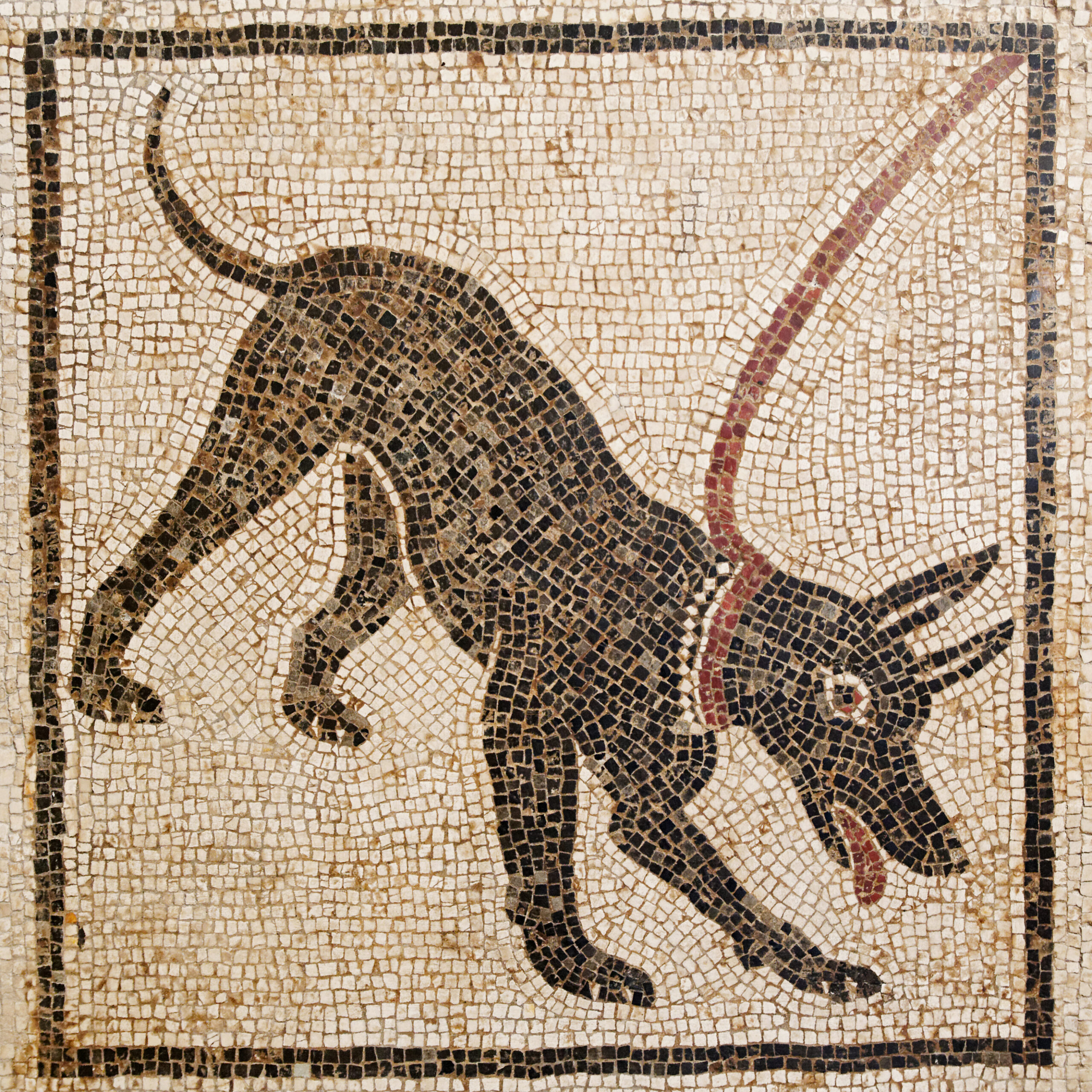
Some of them are deeply felt, and seriously tear-jerking:
“My eyes were wet with tears, our little dog, when I bore you [to the grave]. So, Patricus, never again shall you give me a thousand kisses. Never can you be contentedly in my lap. In sadness, I buried you, as you deserve. In a resting place of marble, I have put you for all time by the side of my shade. In your qualities, you were sagacious, like a human being. Ah, what a loved companion we have lost!”

Others were shorter, but just as powerful.
“Myia never barked without reason, but now, he is silent.”
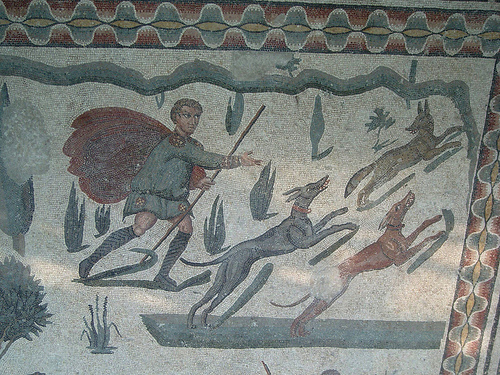
Some people memorialized their dog's services, like this one to a beloved hunting dog.
“Surely, even as you lie dead in this tomb, I deem the wild beasts yet fear your white bones, huntress Lycas; and your valor great Pelion knows, and splendid Ossa and the lonely peaks of Cithaeron.”
Pelion, Ossa, and Cithaeron are mountains in Greece, perhaps where this dog and her human hunted.
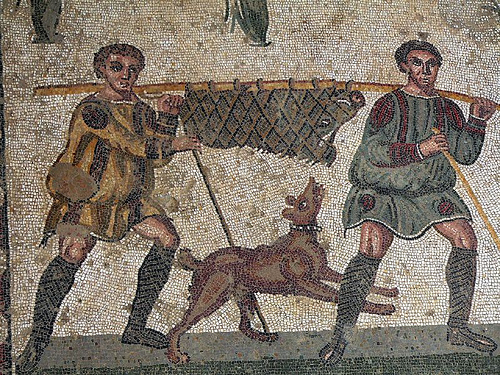
All of them express the deep sorrow and loss that comes with the passing of a faithful companion.
“Here the stone says it holds the white dog from Melita, the most faithful guardian of Eumelus. Bull, they called him when he was yet alive, but now, his voice is prisoned in the silent pathways of night.”
An interesting fact: “Melita” is an ancient name for Malta, so Bull, the “white dog from Malta” was, in fact, a Maltese, just like we still have today.
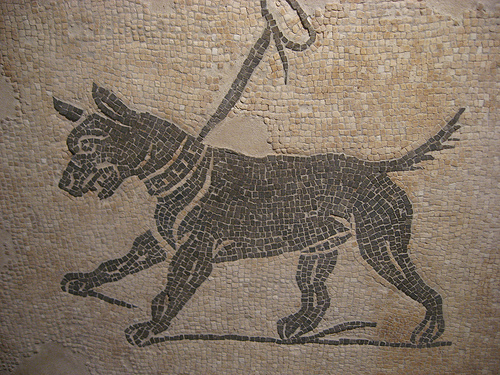
A few people expressed themselves in the form of beautiful, lyrical poetry.
“Issa’s more pert than Lesbia’s sparrow love, Purer than kisses of a turtle-dove, More sweet than a hundred maidens rolled in one, Rarer than wealthy India’s precious stone. She is pet of Publius, Issa dear, She whines, a human voice you seem to hear.”
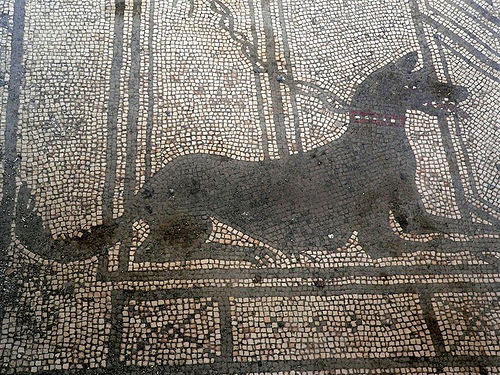
And some wanted others to know that where they might see "just" a dog, that this dog had been truly a member of the family.
“You who pass on this path, if you happen to see this monument, laugh not, I pray, though it is a dog’s grave. Tears fell for me, and the dust was heaped above me by a master’s hand.”
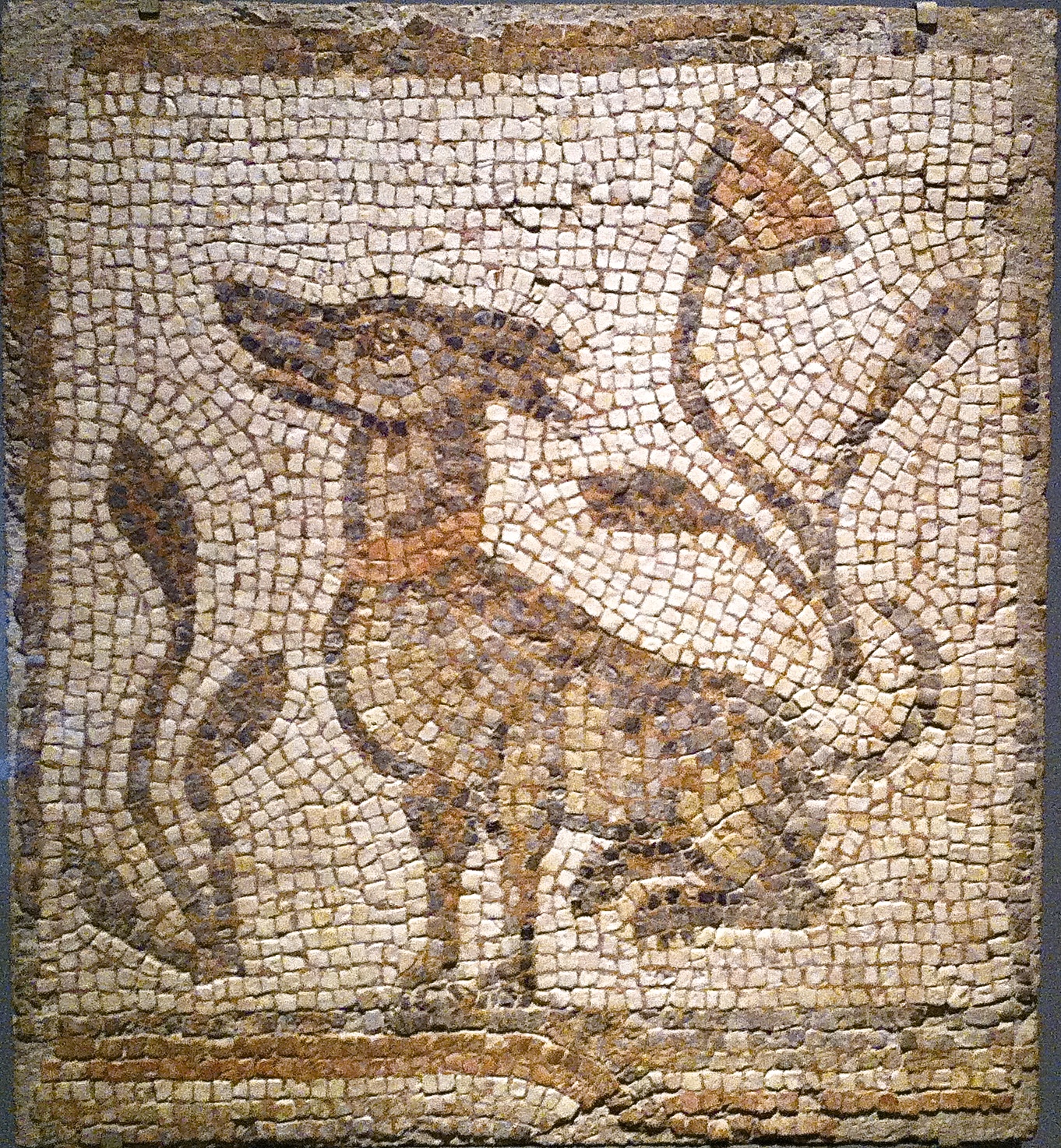
One dog mom, a woman named Rhodope, wrote her dog's epitaph in the dog's "voice," turning him into a historical figure.
“This is the tomb of the dog, Stephanos, who perished, whom Rhodope shed tears for and buried like a human. I am the dog Stephanos, and Rhodope set up a tomb for me.”
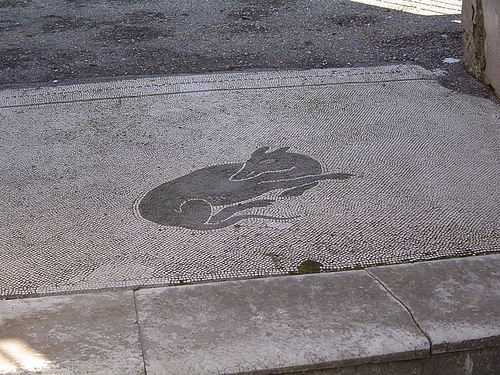
Perhaps the most profound is this relatively simple line:
“I am in tears, while carrying you to your last resting place as much as I rejoiced when bringing you home with my own hands 15 years ago.”
These memorials show the deep love between these people and their dogs. There might be a gulf of two thousand or more years between us and them, but we can still feel the echoes of their emotions today.
SHARE these beautiful memorials to ancient loved ones with anyone who loves their dog and wants people 2,000 years from now to know it.



